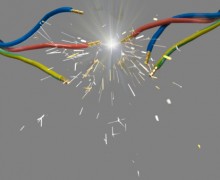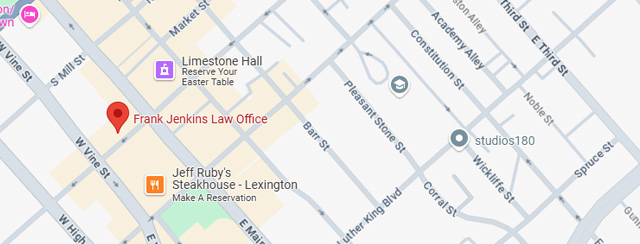
A Duke Energy worker was injured recently while attempting to a repair a downed electrical line in the northern Kentucky town of Covington. At the time, Duke Energy was working to restore power to the area after storms left as many as 34,000 people without power. The worker was rushed to a nearby hospital, but his condition was not reported.
Electrical dangers are very real not only for those who routinely work with power lines but also for workers in many other jobs. Tree trimmers, for example, often trim branches hanging over electrical lines. And construction workers frequently face electrical hazards.
The Occupational Safety and Health Administration lists electrocution among the “Fatal Four” leading causes of job-related death among construction workers. In 2012, electrocutions accounted the deaths of 66 workers, or 9 percent of all fatal construction accidents across the United States. Also last year, three of the most commonly cited OSHA standard violations related to electrical safety.
The OSHA publication Controlling Electrical Hazards offers life-saving information for anyone who may come into contact with electricity in the workplace.
An electrical shock can occur when your body completes the electrical path by coming into contact with:
- Both wires of an electric circuit.
- One wire of an energized circuit and the ground.
- A metal part that accidentally becomes energized due, for example, to a break in its insulation.
- Another “conductor” that is carrying a current.
The severity of an electrical injury depends on:
- The amount of current flowing through the body.
- The current’s path through the body.
- The length of time the body remains in the circuit.
- The current’s frequency.
Electrical injuries most commonly cause one of three types of burns:
- Electrical burns occur when electric current flows through tissues or bone, generating heat that causes tissue damage.
- Arc or flash burns result from high temperatures caused by an electric arc or explosion near the body.
- Thermal contact burns are caused when the skin touches hot surfaces of overheated electric conductors, conduits, or other energized equipment.
Because of the way an electrical injury travels through a person’s body, it is often impossible to tell how at first how much damage has been done. For this reason, immediate medical attention is important for anyone who suffers an electrical injury or comes into contact with live wires.
If you have suffered a workplace injury or illness, or have lost a loved one in a workplace accident, you may be entitled to Kentucky workers’ compensation benefits.
Sources:













